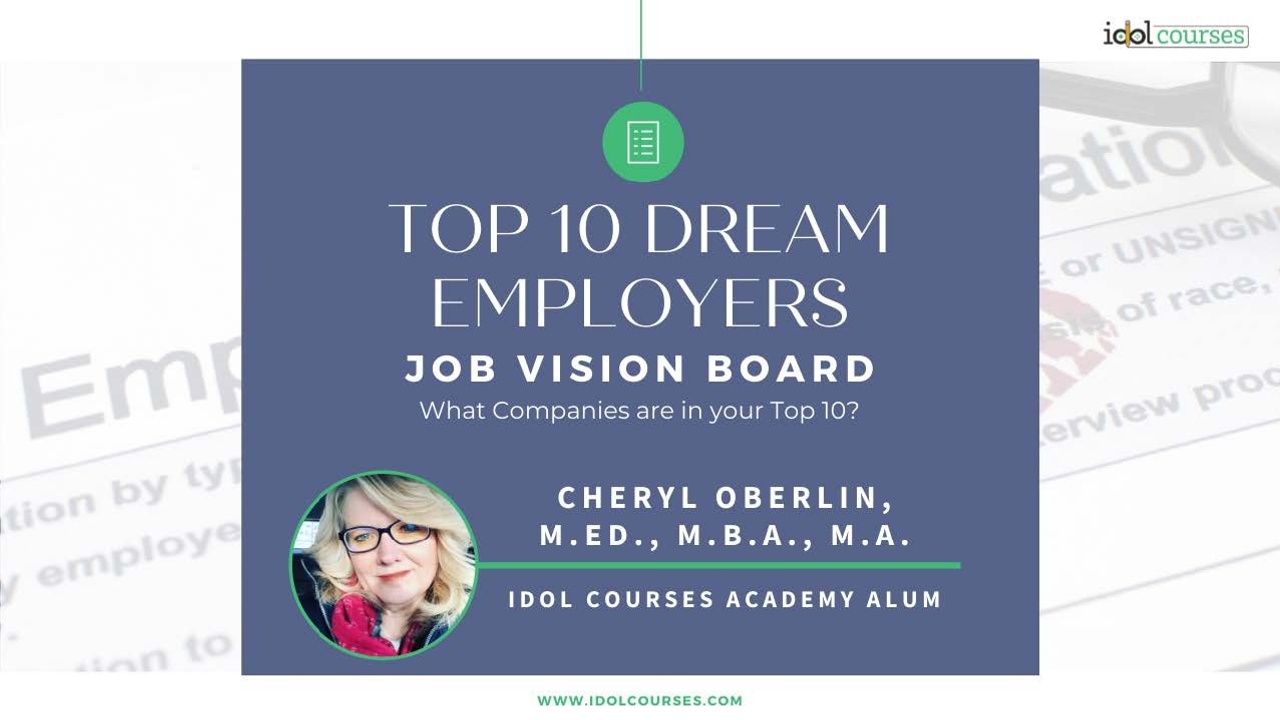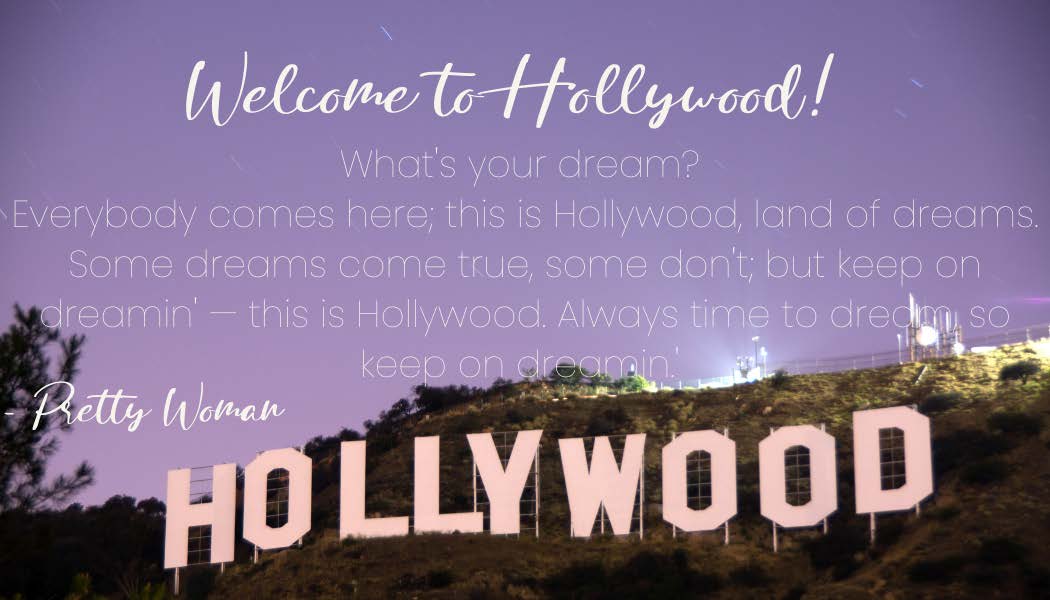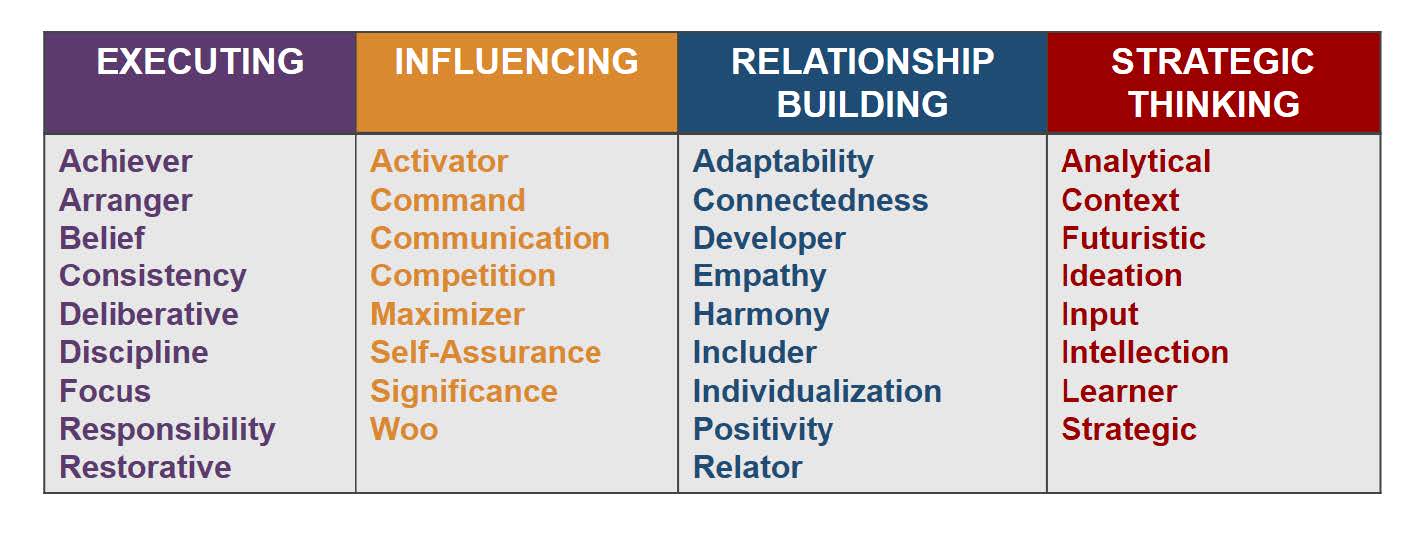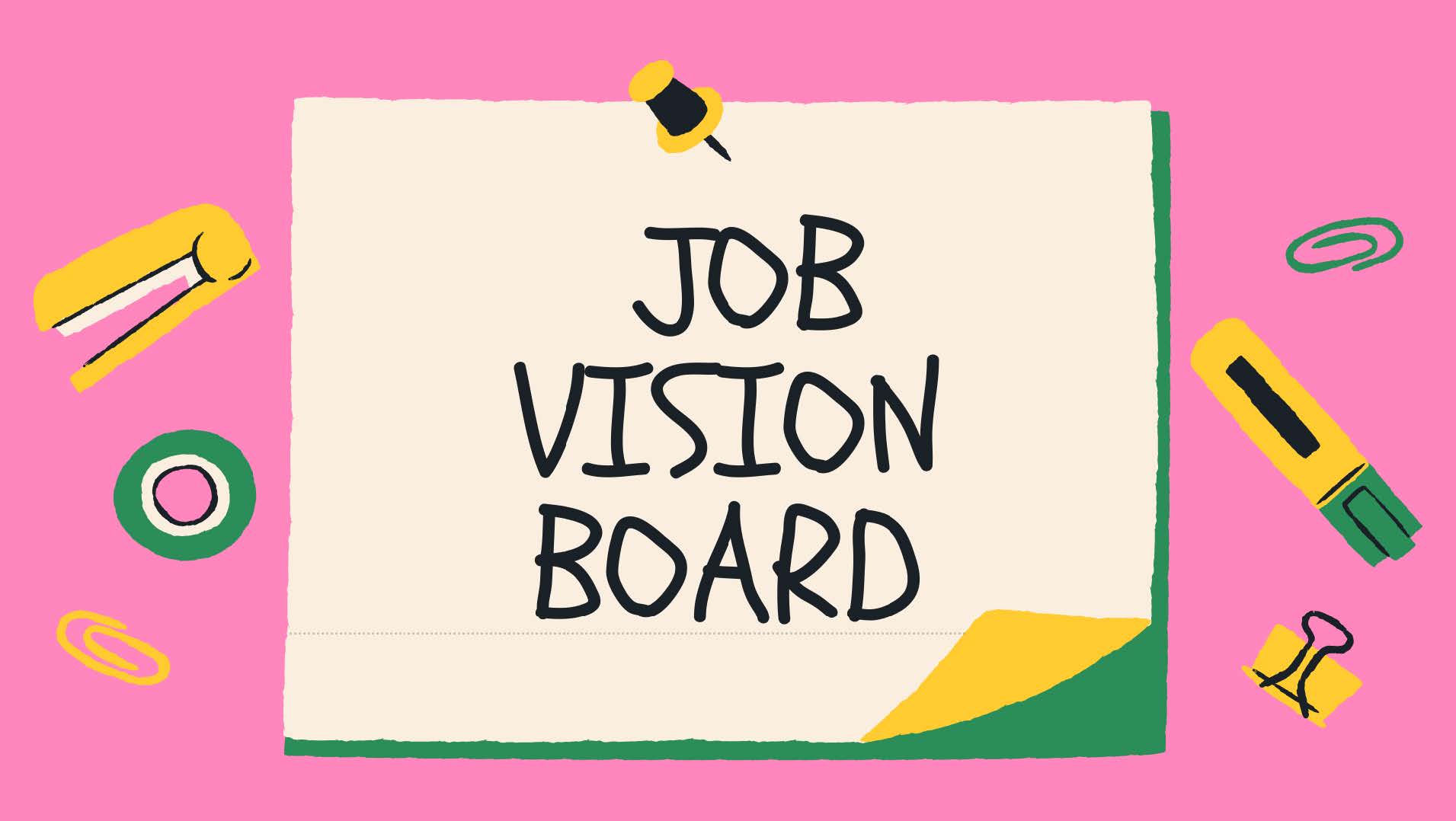Top 10 Dream Employers: Job Vision Board
Sep 08, 2021

Maslow's Hierarchy of Needs
Before we get to goals and dreams, let's think about basic needs and motivations. What motivates you? What do you "need" to survive? What do you "need" to live comfortably? Everyone is different, right? Well, yes and no. You may remember Maslow's Hierarchy of Needs from psychology class. A five-stage theory breaks down human " needs" into categories: biological, safety, love or belonging, esteem, and self-actualization. The underlying idea is all humans need to satisfy their most basic needs first; then, they can move up to higher-level needs.
Where do you think employment and job security fall in Maslow's Hierarchy? Most agree employment is a basic need. To satisfy our basic needs, we must earn a living, so it's logical to see employment in the "safety" category. But does earning a basic living also achieve your goals? Does it ensure you are satisfied and realizing your full potential? Does it encourage you to achieve more? Does it create a motivational atmosphere for you? Or, does it leave you dreaming?
Dreams and self-Actualization
Having a safe work environment, solid job, good title, benefits, and respectable salary is vital. These items satisfy our basic needs, but they don't allow us to dream. As adults, we often overlook our dreams to ensure job security. However, we often forget our dreams, how to build on our goals, and how to work towards the top tier of Maslow's Hierarchy - the level of self-actualization. Do you want to get stuck in the safety category and never rise to the top-tier? Or, would you instead like to realize your dreams?
Analyze your Strengths to Create your Dream Employer Top 10 List
As a strengths-based manager, I encourage people to create a list of ten dream employers where they might use their strengths daily. Meaning, if you could work anywhere in the world, where would that be? What strengths would you use to work for this company? Why would you work there?
To get started, I suggest using the Clifton Strengths-based assessment to uncover the DNA of your talents. There are 34 strengths in the assessment, and you'll see them listed in the chart below. Remember, everyone's strengths are different. The chart shows four domains of leadership related to strengths. These domains are Executing, Influencing, Relationship Building, and Strategic Thinking. Under each domain, you'll see a list of strengths related to that category of leadership. Most people will have strengths that fall in each category.

For example, my strengths are:
- Arranger,
- Maximizer,
- Connectedness,
- Positivity, and
- Strategic
My list of strengths reminds me why I stand out in a crowd. In other words, it helps me recognize my competitive advantage. It reinforces how I use my competitive edge, and it reminds me of my dreams. For example, as a kid, I wanted to be a truck driver. My mom is happy I outgrew that dream. As a teen, I dreamt of being a writer and a journalist. As a young adult, I dreamed of being a creative soul. And, as I grew older, I dreamed of being an educator, a coach, and a creative writer, and that's exactly who I am now - a combination of all three.
What are your dreams?
Think about your dreams … what did you want to be in your dreams as a kid? Teen? Young adult, and adult? Do any of those dreams connect to what you do now? Or, maybe what you aspire to do?
When coaching people in learning and development, I often suggest creating a Top 10 Employer/Job Vision Board. Making this personalized vision board takes time and investment, but the results are well worth the effort. A job vision board will give you a better idea of your strengths, a plan to use them to earn a living, and a list of 10 potential employers.

Use these steps to create your job vision board
A Top 10 Employer/Job Vision Board is made with the same basic concepts as a general vision board. It takes more than an excellent resume to find your dream job, and it allows you to build your personal brand and consider lessons learned.
First, think about the answers to these ten questions:
- Where would you like to work?
- Why would you like to work there?
- Do you want to work remotely, from home, or hybrid?
- What role would you like (individual contributor, manager, etc.)?
- Why would you like this role?
- Does this role relate to your education? Strengths?
- Does this role relate to your work experience?
- Does this role provide the money and benefits you desire (note I said desire, not "need")
- How does this role relate to your dream employer?
- How does this company relate to your dream job?
Second, think about the ten companies that you would love to work for, then answer these questions:
- What is the company?
- What does it offer (products? services?)
- What industry is it in? Is the company an industry leader for its products/services?
- What do you know about the company's leadership team?
- What roles are open that you would qualify for?
- Does the company hire remote workers? Hybrid workers?
- What benefits does this company offer (that you need)?
- Does the company pay a fair salary for the roles you qualify for? Does it invest in professional development for team members?
- Is this a socially responsible company?
- Why do you want to work for this company?
Next, connect the answers in the first step to the second step with pictures - digital or paper. It's your choice.
Finally, consider how many items "matched?" Creating a job vision board that answers these questions will help you narrow down a list of potential employers to develop a solid top ten list. Once you've completed this list, you can use it to drive where you apply for new positions rather than applying to every job posting listed online or posted on social media platforms (that strategy rarely works, by the way).
It takes some research and soul searching to determine your strengths, create your job vision board, and finalize your top ten list, but the results are worth it.
Stay safe! Cheryl
Written by: Cheryl Oberlin, M.Ed., M.B.A., M.A.
Cheryl Oberlin lives in a world where the sun is always shining bright, Tiki Bar music plays loudly, her three adult kids communicate well, and her husband refreshes her coffee every hour. She admits to being a recovering academic letter collector. Cheryl promised her family in 2020 that she is retired and no longer collecting degrees in higher education. As an instructional designer for the state of Texas Education Service Center, she creates courses for teachers and administrators who work in elementary education. As the senior copywriter for byROOwrites, LLC., she pens creative, persuasive, and informational copy for clients in various industries worldwide. In addition, she listens to positive vibes, podcasts, and audiobooks to continue her love for learning (shhh! don't tell her family!).
Visit her instructional design and copywriting websites for more information. You can also connect with her on LinkedIn ®. byROOwrites, LLC is Oberlin's company offering copywriting, content creation, and edtech consulting.
Stay connected with news and updates!
Join our mailing list to receive the latest news and updates from our team.
Don't worry, your information will not be shared.
We hate SPAM. We will never sell your information, for any reason.



